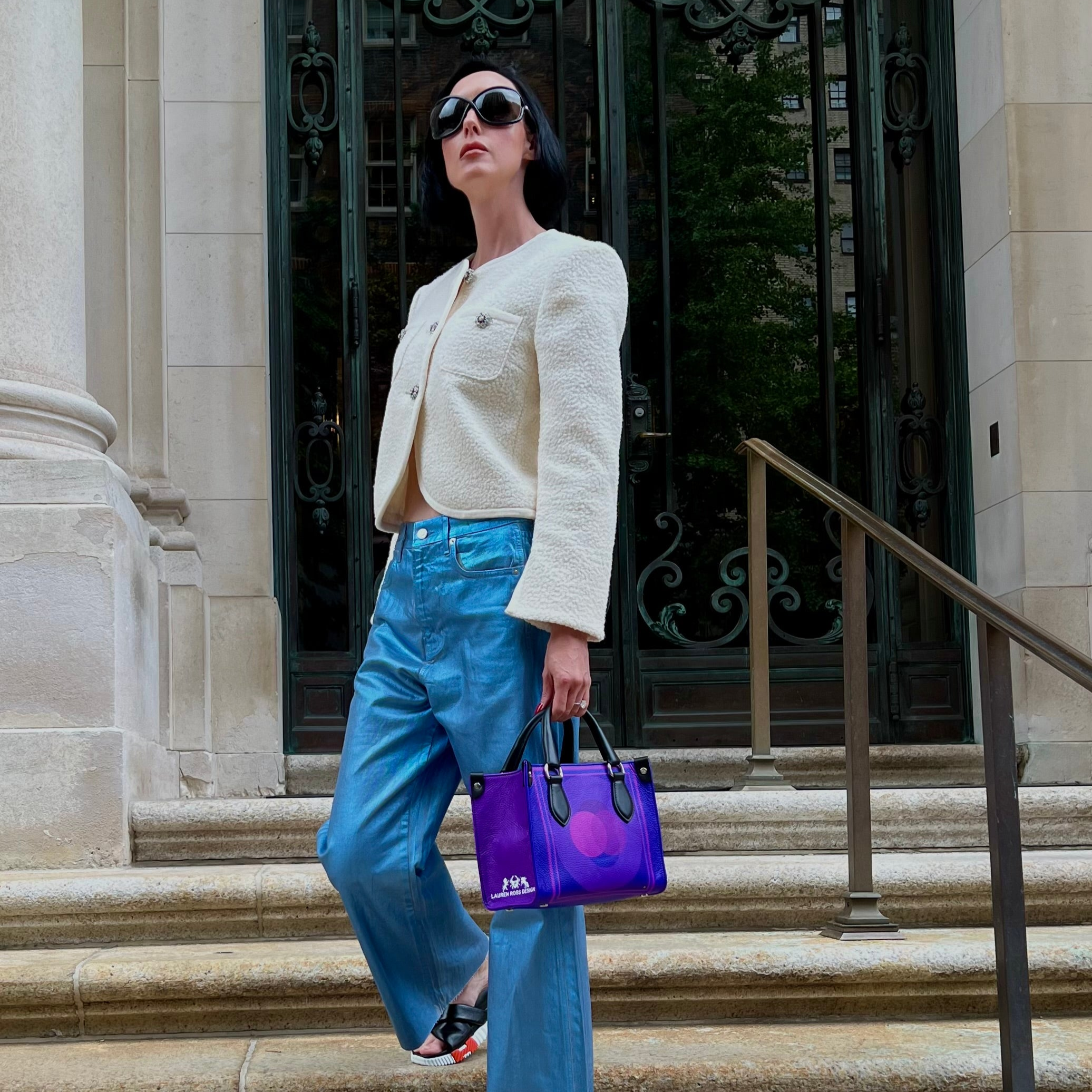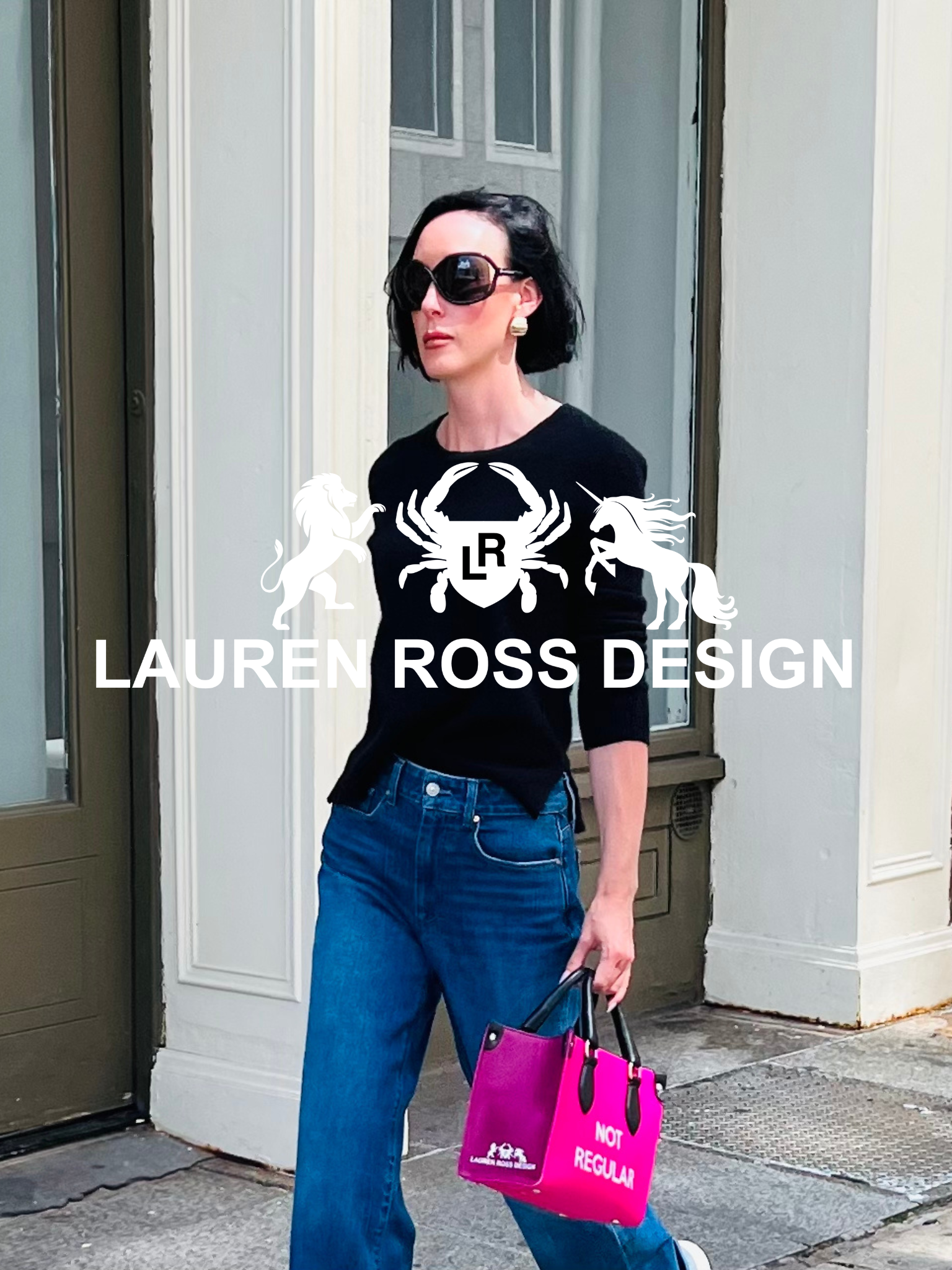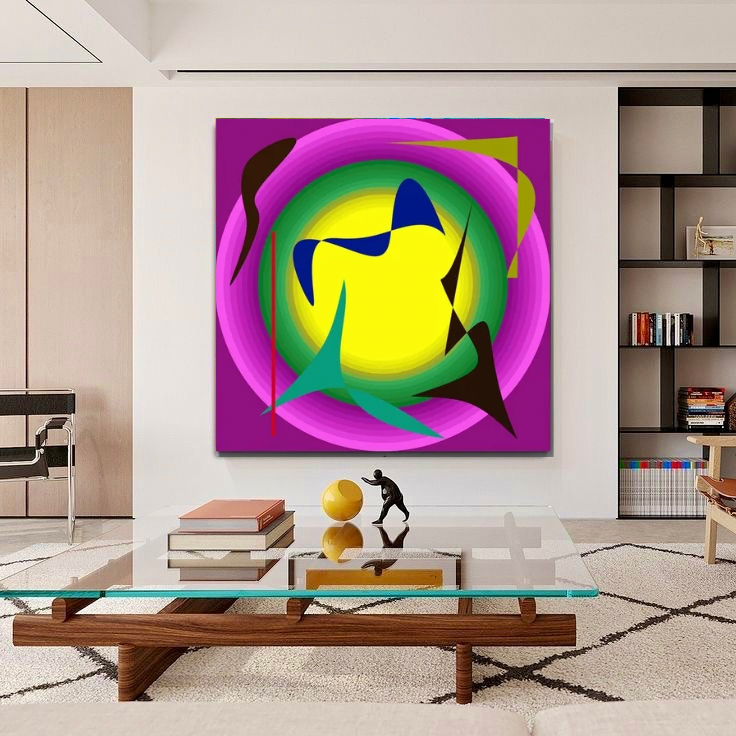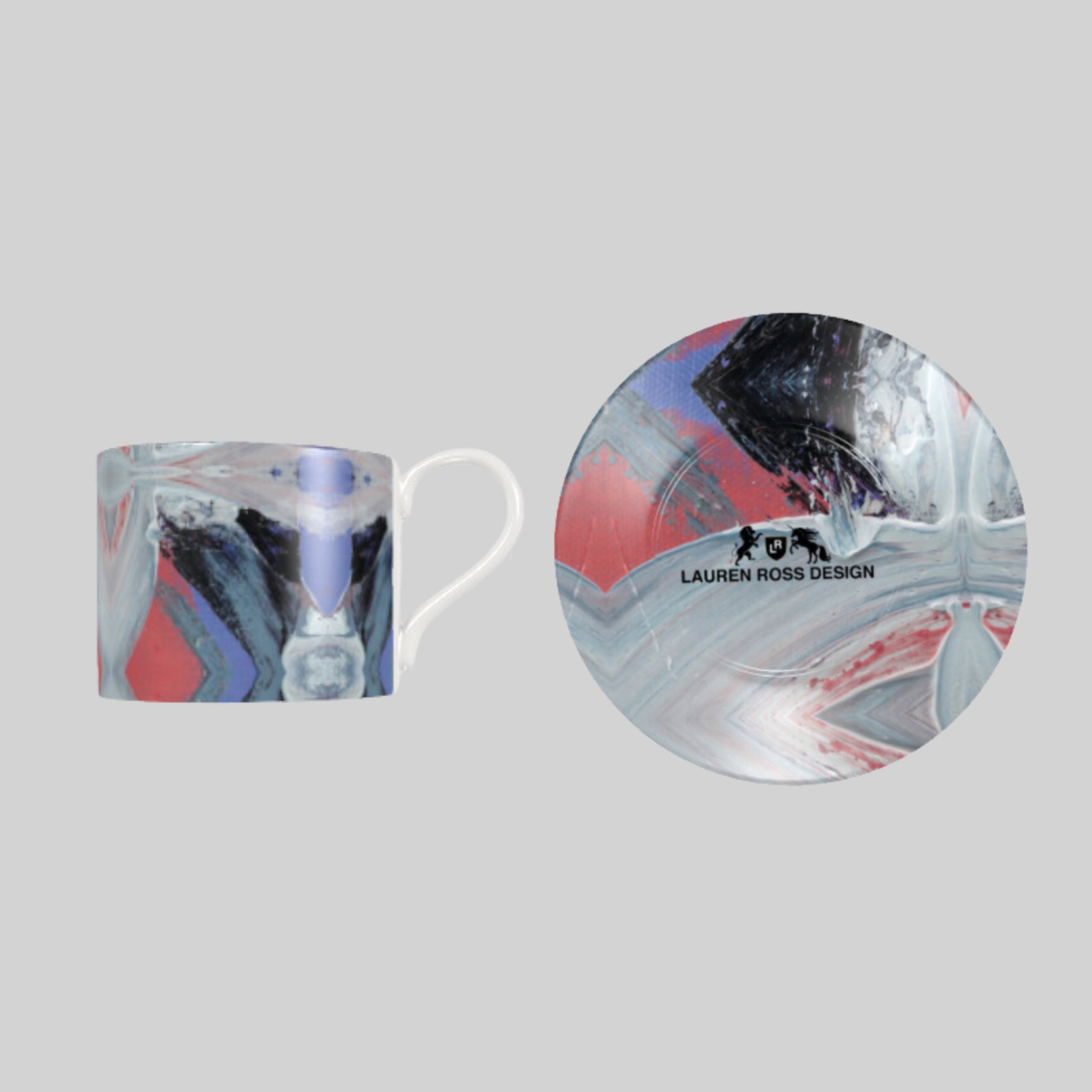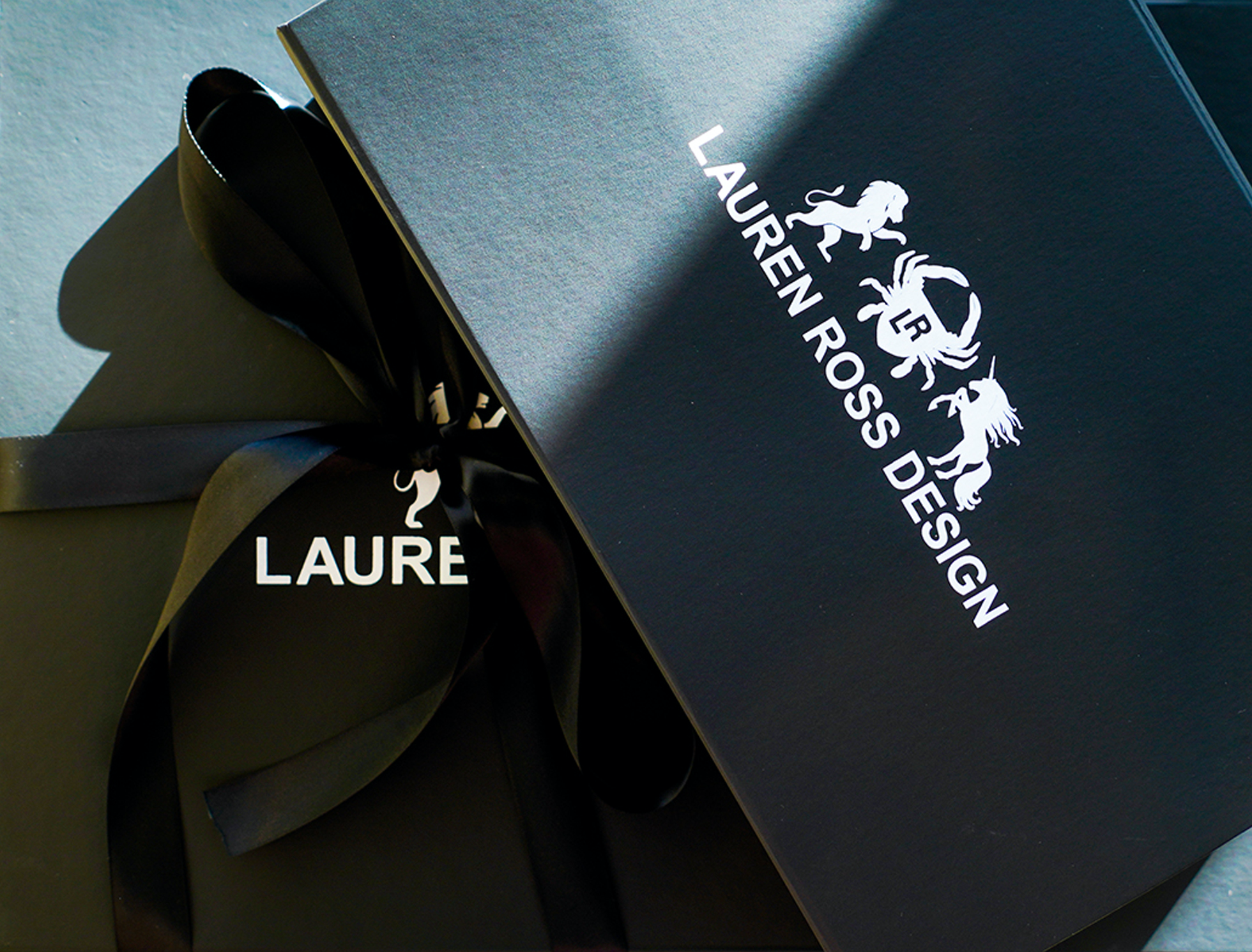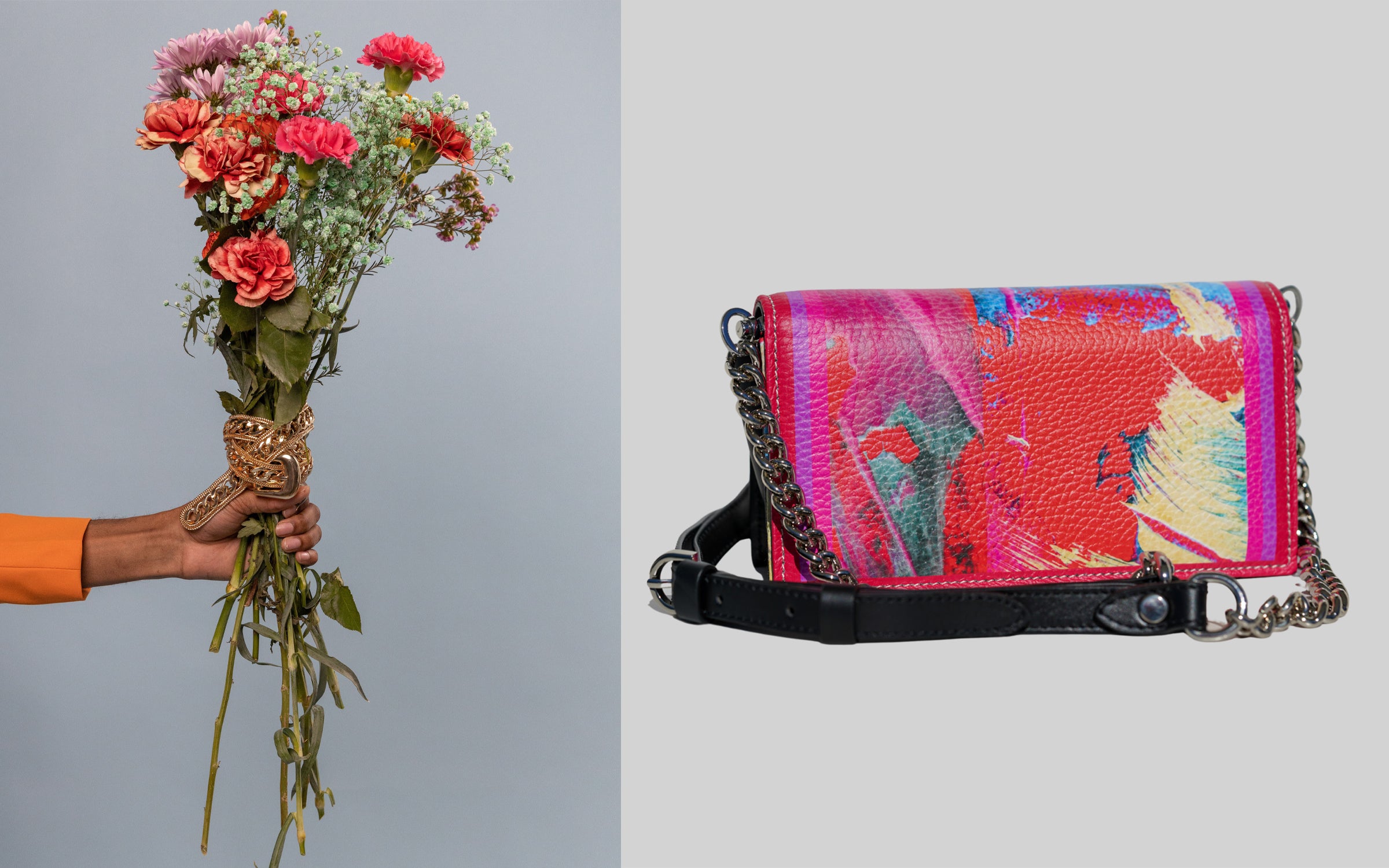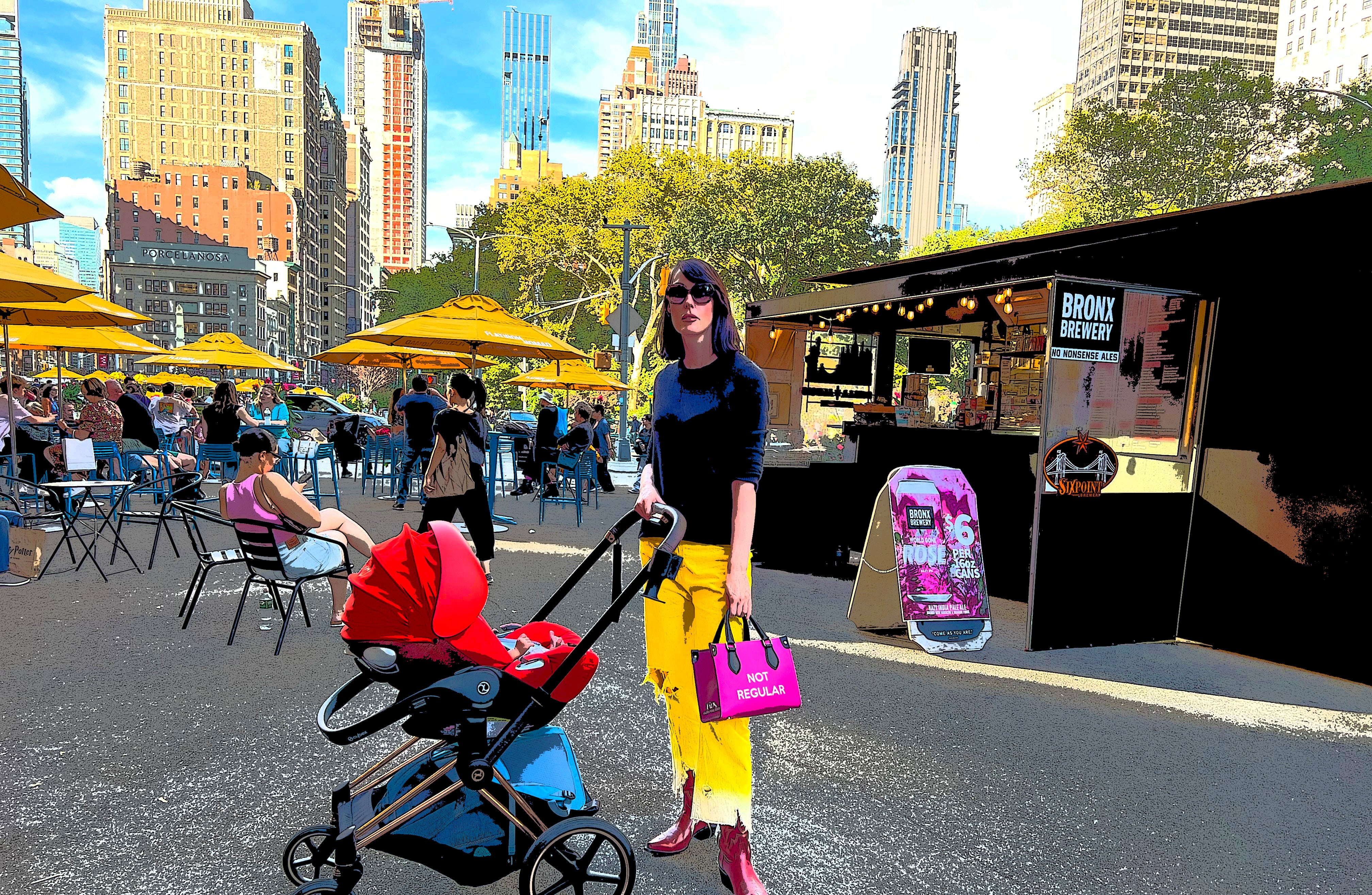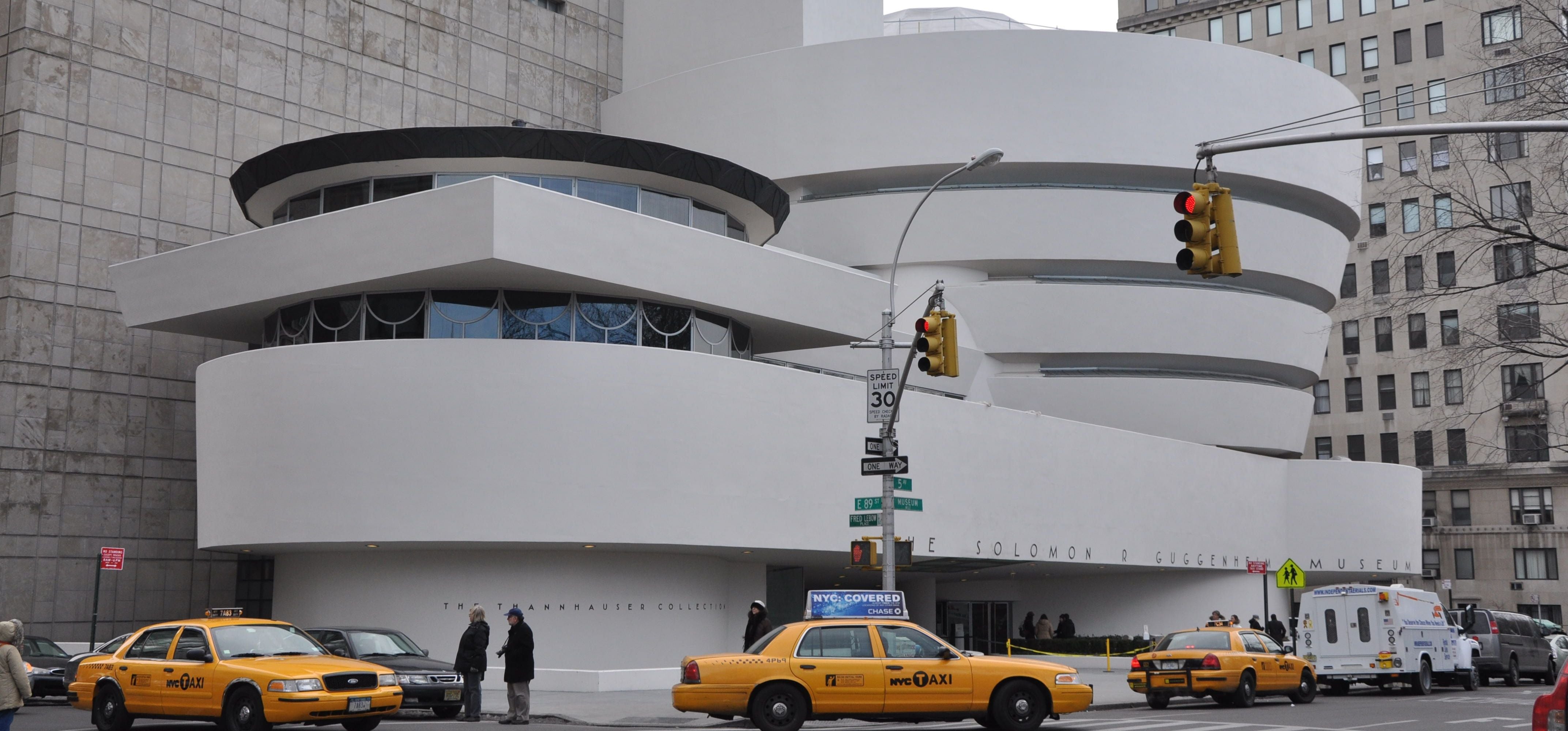
Contemporary Art vs. Modern Art vs. Fine Art: Understanding the Differences
Art has always been a reflection of society, culture, and individual expression, but navigating the terminology surrounding different art movements can be complex. Three terms often used interchangeably but representing distinct periods and styles are contemporary art, modern art, and fine art.
Modern Art
Modern art refers to the artistic movements and styles that emerged in the late 19th century and prevailed through the mid-20th century. This period witnessed groundbreaking shifts in artistic representation, from the Impressionist movement's focus on capturing fleeting moments of light to the Cubist movement's deconstruction of form. Modern art encompasses a diverse range of styles, including Fauvism, Surrealism, Abstract Expressionism, and Pop Art, among others. It is characterized by experimentation, innovation, and a departure from traditional artistic conventions.
Contemporary Art
Contemporary art, on the other hand, encompasses artworks produced in the present day or within the last few decades. Unlike modern art, contemporary art does not adhere to a specific style or movement. Instead, it reflects the diverse and ever-evolving landscape of artistic expression in response to contemporary issues, technology, globalization, and cultural diversity. Contemporary art can take myriad forms, including painting, sculpture, installation, performance, video, digital media, and conceptual art. It often challenges viewers to question societal norms, engage with complex ideas, and explore new modes of perception.
Fine Art
Fine art is a broader category that encompasses both modern and contemporary art, as well as traditional art forms such as painting, sculpture, drawing, and printmaking. Unlike commercial or applied arts, fine art is valued primarily for its aesthetic and intellectual qualities rather than its utility.
In summary, while modern art refers to the artistic movements of the late 19th to mid-20th century, contemporary art encompasses the diverse artistic practices of today. Fine art, meanwhile, encompasses both modern and contemporary art, emphasizing their aesthetic and intellectual significance. Understanding these distinctions can enrich our appreciation and interpretation of the rich tapestry of artistic expression throughout history and into the present day.
Fine art is often displayed in galleries, museums, and private collections, where it is appreciated for its beauty, craftsmanship, and conceptual depth.
Lauren Ross Design
In the context of fine art, Lauren Ross Design elevates traditional painting to new heights of aesthetic and conceptual sophistication. Her meticulous attention to detail, coupled with a keen sense of composition and color theory, imbues her artwork with a timeless quality that resonates with collectors and connoisseurs alike. Lauren Ross's paintings, for instance, blend abstract forms with figurative elements, creating visual narratives that unfold with each brushstroke. Through her mastery of various artistic techniques and her commitment to pushing artistic boundaries, Lauren Ross's fine art pieces transcend mere decoration to become profound expressions of emotion, intellect, and beauty.
By incorporating the Lauren Ross Design ethos into both contemporary and fine art, we witness a convergence of innovation and tradition, form and concept. Her work not only enriches our visual landscape but also challenges us to rethink our preconceptions of art and design, inspiring us to embrace creativity and imagination in all its forms.

